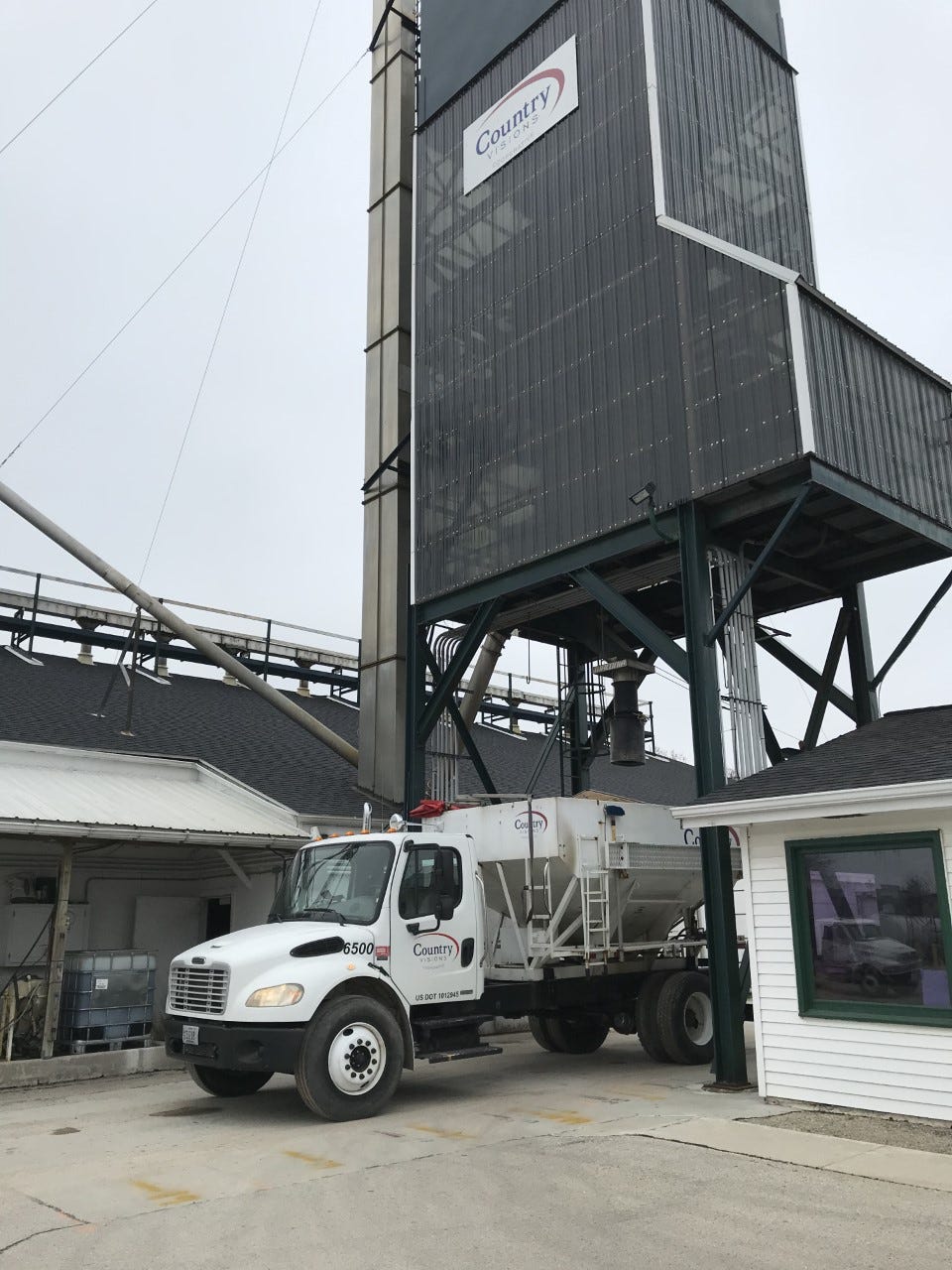High fertilizer prices could last through spring
 Colleen Kottke
Colleen Kottke
As farmers were bringing in a bountiful harvest after three years of less than ideal conditions, there was a sense of relief after a roller-coaster year set off by the pandemic.
A year later, commodity prices have climbed out of the basement and are heading up to the attic. And with that 180-about face come higher feed prices as well as concerns over rising fertilizer costs and availability.
Last fall, Rabobank forecast that phosphate prices may be elevated through first half of the year due to accelerating commodity prices. Producers were encouraged to pursue fall applications as shortages of inputs could become a reality during spring 2021.
RELATED: With the price of fertilizer: Manure is looking better
According to Rabobank's North American Agribusiness review, that forecast is unfolding dramatically, with phosphate prices almost doubling.
"With the increase in commodity prices, there has been an increased demand for fertilizers since last fall. This increased demand, coupled with reduced fertilizer imports is – according to forecasters – predicted to keep fertilizer prices elevated through fall and potentially into next year," said Jamie Patton, senior Outreach Specialist for the UW-Nutrient and Pest Management Program.

Patton said extremely cold weather this winter impacted truck, rail and barge transportation networks making it difficult to move product from ports and production areas to the Upper Midwest to resupply already low or depleted fertilizer stocks.
The demand for fertilizer already began last fall and early winter as farmers watched futures prices and fertilizer prices start to rise.
"Many farmers capitalized on lower fertilizer prices back then and prepaid for a majority of their fertilizer needs for this growing season," Patton said. "Additionally, with warm, dry weather during harvest, some farms capitalized on early harvest and good field conditions to apply nutrients."
Across Wisconsin, many farmers did apply phosphorus and potassium to hayfields while many planted fields of winter wheat, said Country Visions Cooperative Vice President of Agronomy, Brian Madigan.
Fertilizer prices
Prior to this latest price boom, Madigan says the U.S. had been the cheapest source in the world for nitrogen products, which resulted in lower imports from abroad.
"Last year's collapse of the oil market due to COVID gave us cheap NH3, now we're seeing a correction (in the market)," he said, adding that it's getting tougher to get shipments in on time. "This is affecting all markets – feed, grain, metal and equipment."
Madigan says the uptick in fertilizer usage last fall across the Midwest really cut into fertilizer supplies, adding that the terminals are still trying to catch up in delivering the product.
"The world demand is really competing against us as other countries are trying to increase their production as well," Madigan said. "If we have an early spring, the U.S. will tight with supply."
Back in spring 2019, Madigan says Wisconsin farmers didn't really get rolling out in the fields until June. Ideal weather conditions last spring allowed farmers to start planting already in April.
"Last year went pretty smoothly considering COVID. The Illinois River closed in June, however, truckers were still available to haul due to fewer crops."
According to a retailer's survey by DTN in mid-February, all eight of the major fertilizer prices had increased by 5% or more.
Diammonium phosphate (DAP) the world's most widely used phosphorus fertilizer and urea topped the list, with both fertilizers' prices up 21% compared to January 2021.
According to DTN's finding, anhydrous was up 10% compared to January, with an average price of $524/ton.
Gregg Ibendahl, agricultural economist at Kansas State University Extension, says anhydrous ammonia prices should continue to rise until at least fall.
"The model currently predicts national anhydrous ammonia prices should reach $600/ton before tapering off in fall - an increase of 50% compared to last summer," said Ibendahl, adding that volatile corn prices could push prices upward.
Ibendahl also says rising oil prices could add additional upward pressure on fertilizer prices.
With the increasing rise of input prices, Madigan says the majority of Country Vision's customers have already prepaid and booked their product for the upcoming planting season.
But as futures for commodities continue to rise, farmers are faced with the challenge of higher feed, fuel, crop insurances premiums and more.
The key to absorbing some of the sticker shock may lie ahead in what commodities they plan to sell come fall.
"Row crops are still profitable, but feed is going to be tight," Madigan said. "The real question may be next year if inflation really kicks in."
Course of action
During this time of rising prices and increased demand, Madigan hopes that most farmers took advantage of prices last fall and ordered their spring inputs.
"Prices won't be coming down much for planting time, but it is possible that some side dress products may be cheaper," he said. "However, if we do plant 92-93 million acres this year, the price may not come down at all."

Both Madigan and Patton said farmers should pay extra attention to nutrient management and application this year.
"Planting your crop in the best conditions and feeding it close to when the crop needs fertilizer really improves fertilizer efficiency and reduces loss," Madigan said. "Putting on only what your crop needs is always the best advice. Soil test, follow your nutrient plan and avoid doing too much out of the norm."
Patton says manure is always a valuable on-farm nutrient resource.
"This year it is even more valuable," she said. "The opportunity for manure sales between farms could be a potential solution to some of our nutrient demand issues."